What if the rush of daily life has us all chasing shadows, when true peace sits right there, unassuming and accessible? That’s the provocative question at the heart of calm mindfulness, a practice that’s gaining traction among those weary of constant hustle. In a world where notifications ping endlessly and schedules overflow, many Americans are turning inward. They seek not escape, but a steady anchor amid the storm. This isn’t about trendy apps or quick fixes. It’s about recognizing that calm isn’t something to hunt down—it’s a state we can cultivate, moment by moment. As one expert puts it, mindfulness invites us to pause and breathe, transforming ordinary chaos into manageable clarity. Yet, for all its simplicity, embracing it often reveals deeper layers of self-awareness. And in 2025, with stress levels still climbing post-pandemic, this realization feels more urgent than ever.
The Roots of Inner Quiet
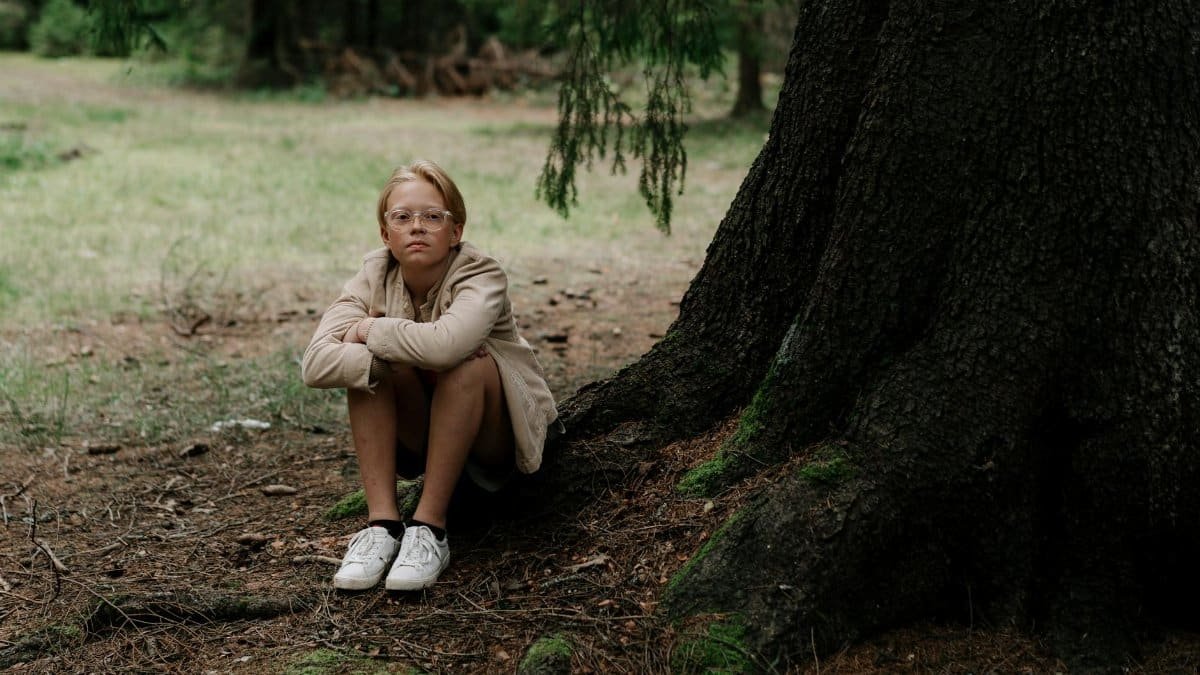
Calm mindfulness didn’t emerge from nowhere. It draws from ancient traditions, yet adapts seamlessly to modern American life. Think back to Eastern philosophies, where meditation has long emphasized presence over perfection. In the U.S., this concept took hold in the 1970s, thanks to figures like Jon Kabat-Zinn, who popularized mindfulness-based stress reduction. His program, developed at the University of Massachusetts Medical School, showed how simple awareness could ease chronic pain and anxiety.
Today, it’s not just for yogis in retreat centers. Office workers in bustling cities like Chicago incorporate brief breathing exercises during lunch breaks. One study from the National Institutes of Health highlights how such practices lower cortisol levels, the hormone tied to stress. National Center for Complementary and Integrative Health details these benefits, underscoring mindfulness’s role in everyday resilience.
Picture a middle-aged accountant, buried in spreadsheets, who starts her day with five minutes of focused breathing. She notices tension easing, decisions sharpening. It’s these small shifts that build a foundation, turning abstract ideas into tangible habits.
Navigating Everyday Chaos
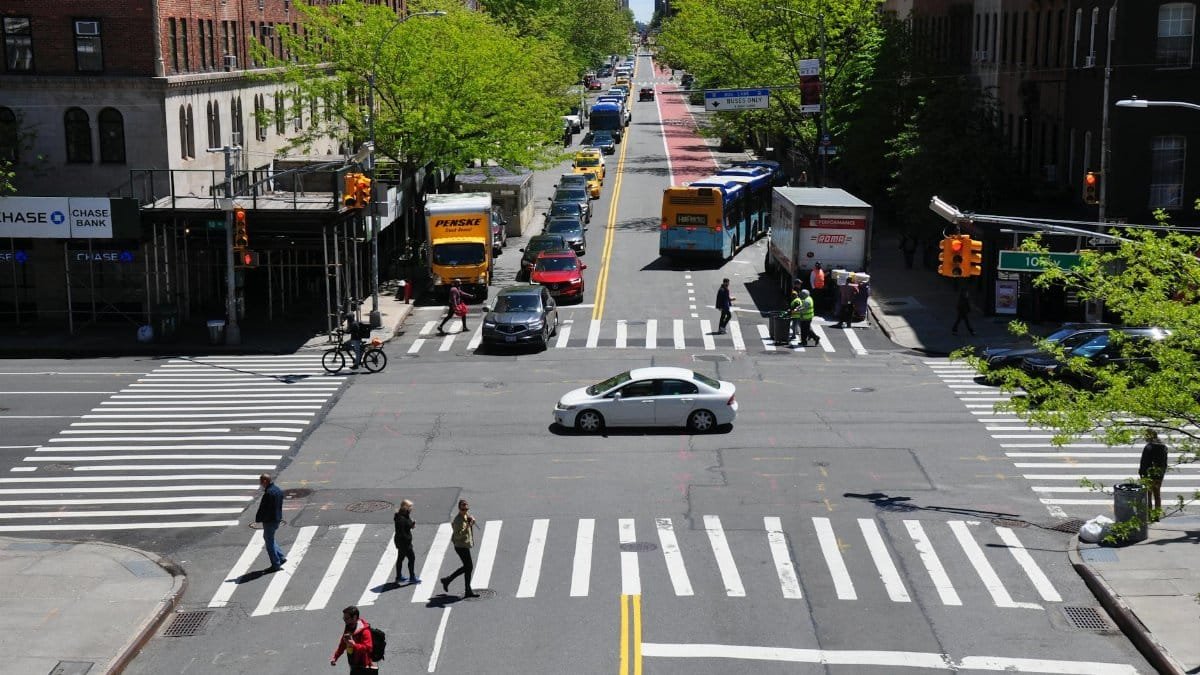
Life throws curveballs, from traffic jams to family disputes. Calm mindfulness steps in as a quiet guide, helping people respond rather than react. Start with the breath, a common entry point. Inhale deeply, exhale slowly, and suddenly the mind’s chatter quiets.
But it’s not always smooth. Doubts creep in: Is this really working? One anonymous account shared publicly online described the initial frustration, feeling like “trying to hold water in my hands.” Yet persistence paid off, leading to moments of unexpected serenity during a heated work meeting.
Research backs this up. A report from Harvard Medical School links regular mindfulness to improved emotional regulation. Harvard Health Publishing explains how it rewires neural pathways, fostering patience in high-pressure scenarios. For middle-aged readers juggling careers and caregiving, this could mean reclaiming control without overhauling their routines.
Imagine weaving it into commutes. Instead of fuming at red lights, observe thoughts like passing clouds. Over time, this practice reshapes how chaos feels, making it less overwhelming.
The Science Behind the Stillness
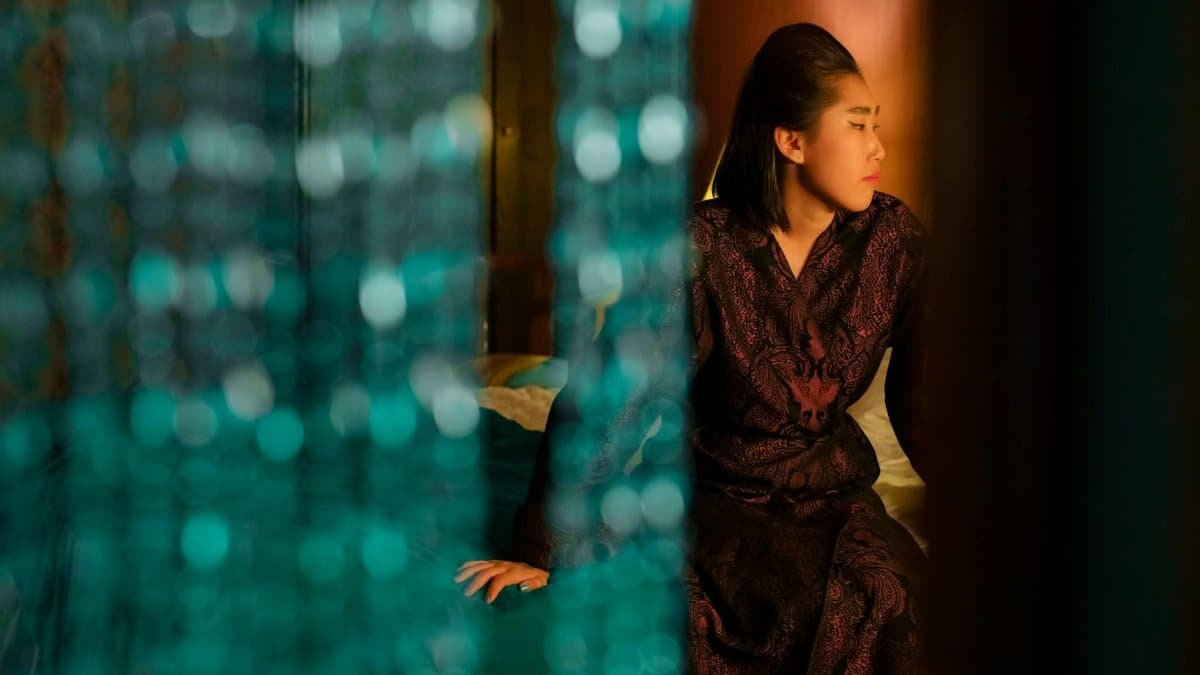
Dive into the evidence, and calm mindfulness reveals its empirical strength. Brain scans show it activates the prefrontal cortex, enhancing focus and decision-making. It’s no wonder corporations like Google offer mindfulness training to boost productivity.
A landmark study published in JAMA Internal Medicine found that mindfulness programs reduce symptoms of anxiety and depression by up to 30 percent. Participants reported sleeping better and worrying less. JAMA Internal Medicine Study provides the details, based on rigorous trials involving thousands.
Not everything is straightforward, though. Critics argue it’s oversold as a cure-all, ignoring systemic issues like economic inequality. Fair point. Yet, when combined with therapy or community support, it amplifies well-being. One retiree in Florida shared how it helped him process grief after losing a spouse, blending quiet reflection with group walks.
This nuance keeps the practice grounded, reminding us it’s a tool, not a panacea.
Building Habits That Stick
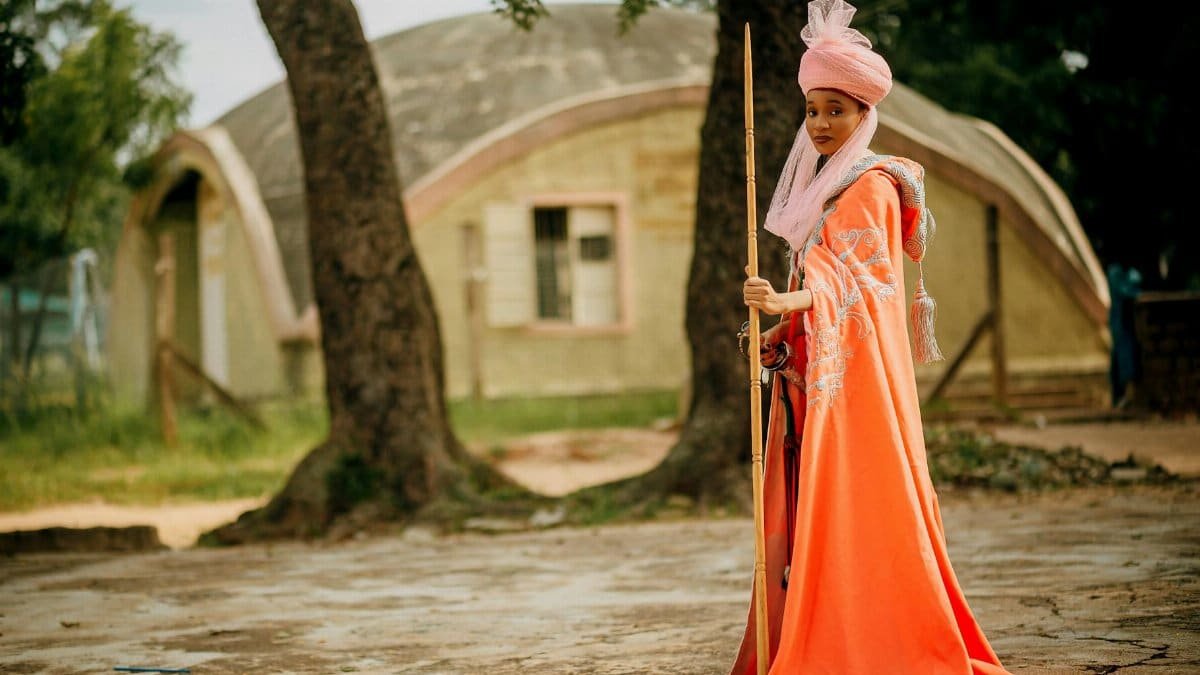
Getting started with calm mindfulness often feels daunting. Where to begin? Experts suggest small, consistent steps. Set aside two minutes daily for observation, noting sensations without judgment.
Apps can help, but they’re not essential. A simple journal works wonders, tracking moments of calm amid routine. In 2025, with hybrid work norms persisting, many integrate it into virtual meetings, pausing to center before diving in.
Challenges arise, like distractions from kids or devices. One approach: Create a dedicated space, even if it’s just a corner of the living room. Pew Research data shows that 55 percent of U.S. adults now meditate at least occasionally, up from a decade ago. Pew Research Center on Meditation Trends captures this shift, linking it to broader wellness movements.
Through trial and error, habits form. A teacher in Texas recounted starting with guided sessions, gradually building to unassisted practice. The key? Patience, treating slip-ups as learning opportunities.
Relationships and Shared Calm
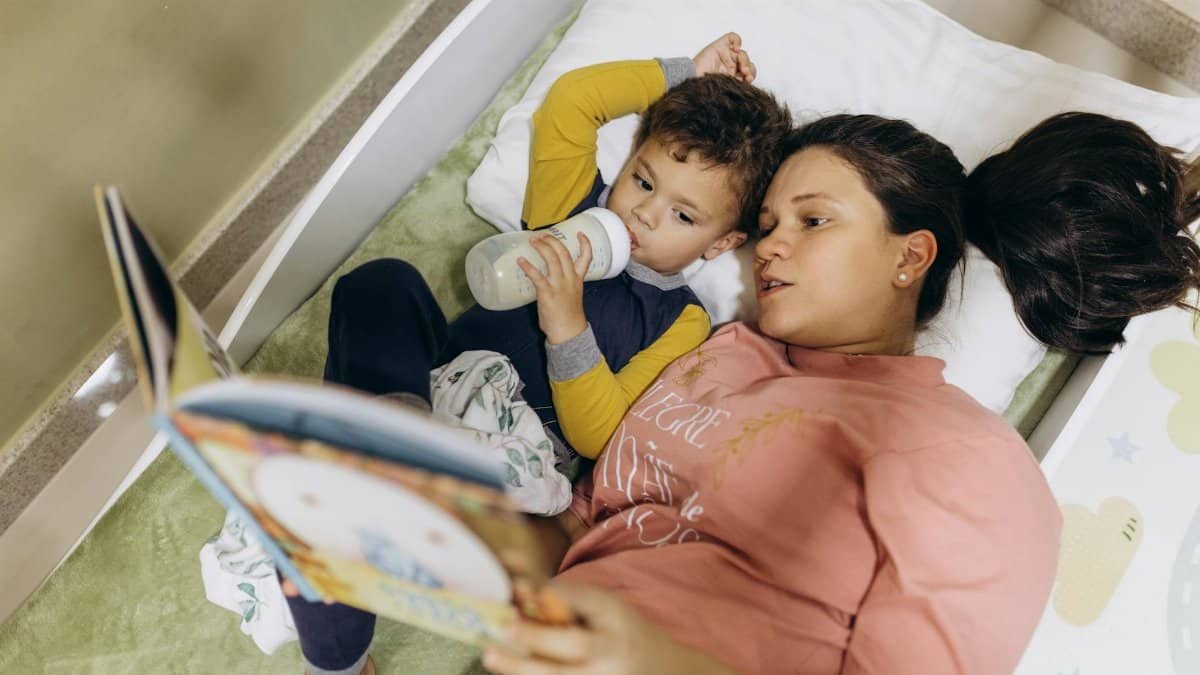
Calm mindfulness extends beyond the individual. It transforms interactions, fostering empathy in relationships. Couples who practice together report deeper connections, listening more attentively during disagreements.
Consider a family dinner where tensions simmer. A mindful pause allows space for understanding, diffusing arguments before they escalate. Studies from the American Psychological Association support this, showing reduced conflict in mindful households. American Psychological Association on Mindfulness outlines these relational benefits.
Yet, it’s not always easy. Introducing it to skeptical partners can backfire if forced. Better to lead by example, sharing experiences organically. One couple in Seattle described how evening check-ins evolved into a ritual, strengthening their bond amid midlife stresses.
This shared aspect highlights mindfulness’s communal power, turning personal peace into collective harmony.
Overcoming Inner Resistance

Resistance is part of the journey. The mind rebels, wandering to to-do lists or past regrets. Calm mindfulness teaches us to notice this without self-criticism, gently redirecting focus.
For some, cultural barriers loom. In achievement-driven America, sitting still feels unproductive. But reframing it as an investment pays dividends. A CDC report notes rising burnout rates, making mindfulness a vital counterbalance. CDC on Stress and Coping recommends such practices for mental health maintenance.
An anonymized story from online forums illustrates this: A veteran struggling with PTSD found initial sessions triggering, but gradual exposure built tolerance, leading to profound relief. It’s these stories that humanize the process, showing vulnerability as a strength.
Ultimately, persistence dismantles barriers, revealing calm as an innate capacity.
Calm in a Changing World

As society evolves, calm mindfulness adapts. In 2025, with AI reshaping jobs and climate concerns mounting, it offers stability. Young professionals blend it with tech, using wearables to track meditation streaks.
Yet, equity matters. Access isn’t universal; low-income communities often lack resources. Initiatives like free community classes aim to bridge this gap, democratizing the practice.
Looking at trends, a NIH-funded review predicts wider integration into healthcare. NIH on Mindfulness for Pain Relief expands on its therapeutic potential.
One snapshot: A group in rural Appalachia gathers weekly for sessions, finding solace amid economic shifts. This resilience underscores mindfulness’s timeless appeal, anchoring us through uncertainty.
Embracing the Ongoing Journey
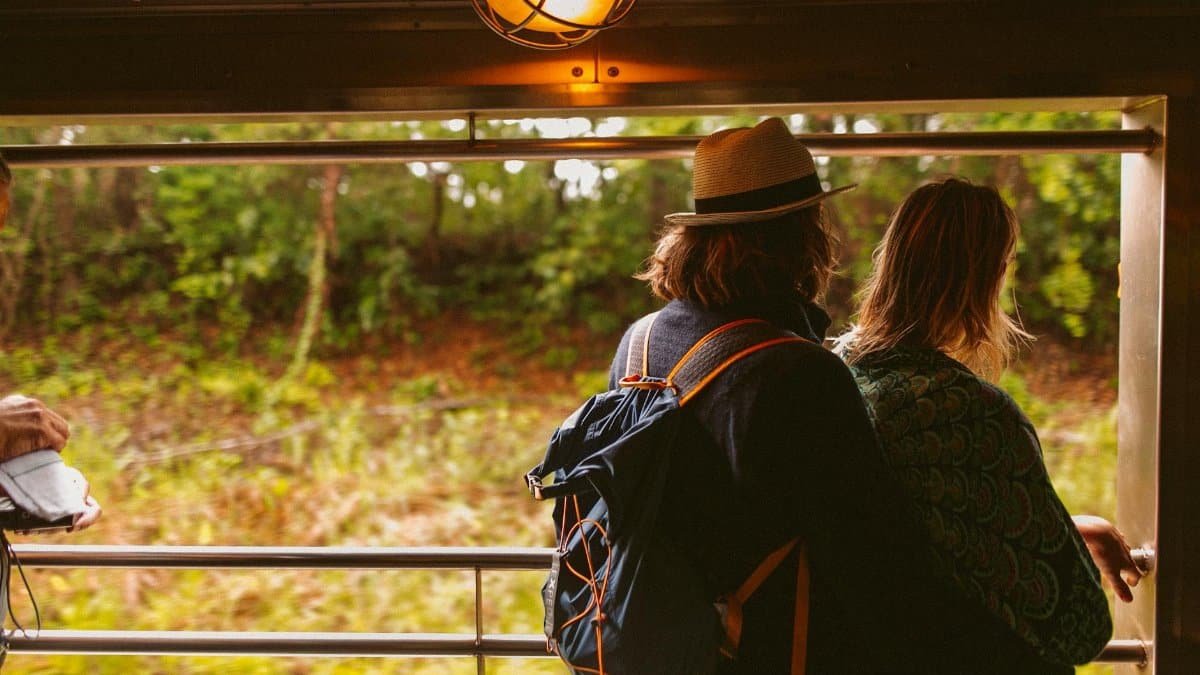
Calm mindfulness isn’t a destination. It’s a lifelong companion, evolving with us. Moments of realization come unexpectedly, like during a quiet walk when worries dissolve into the present.
Reflect on that: In a nation of doers, allowing stillness invites profound change. From boardrooms to backyards, it’s reshaping how we live.
As more embrace it, the collective calm grows. Perhaps that’s the real power—realizing peace was always within reach, waiting for us to notice.
